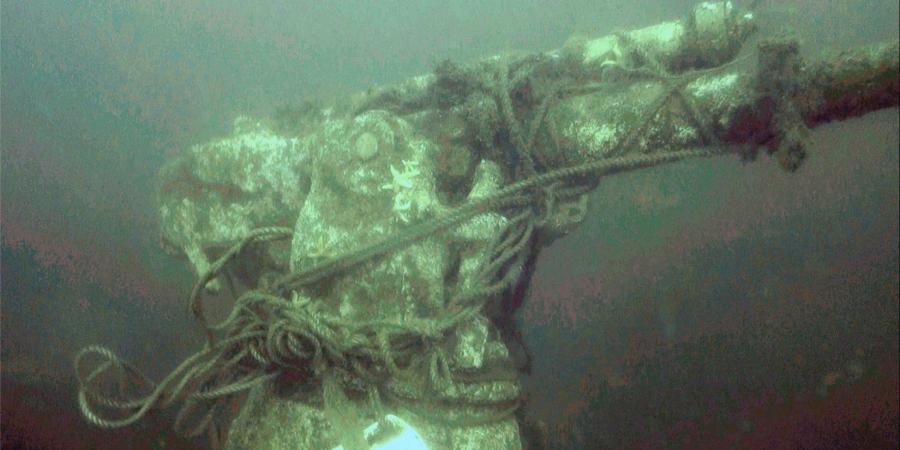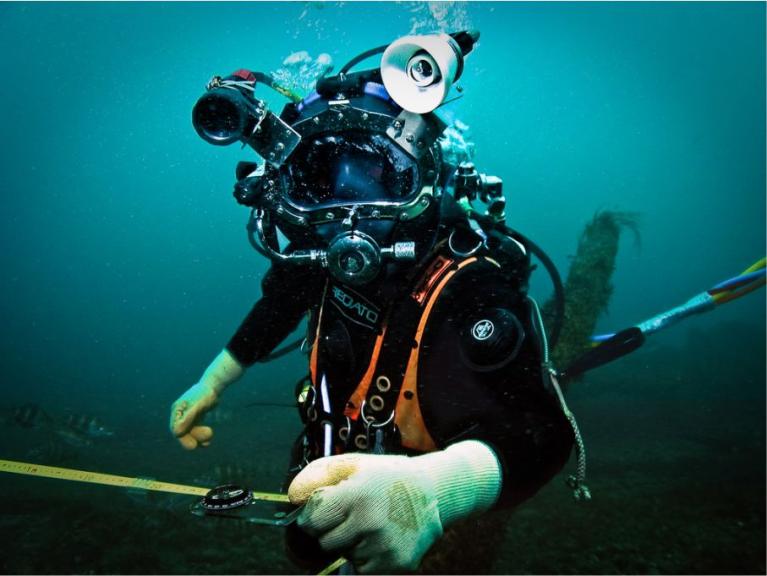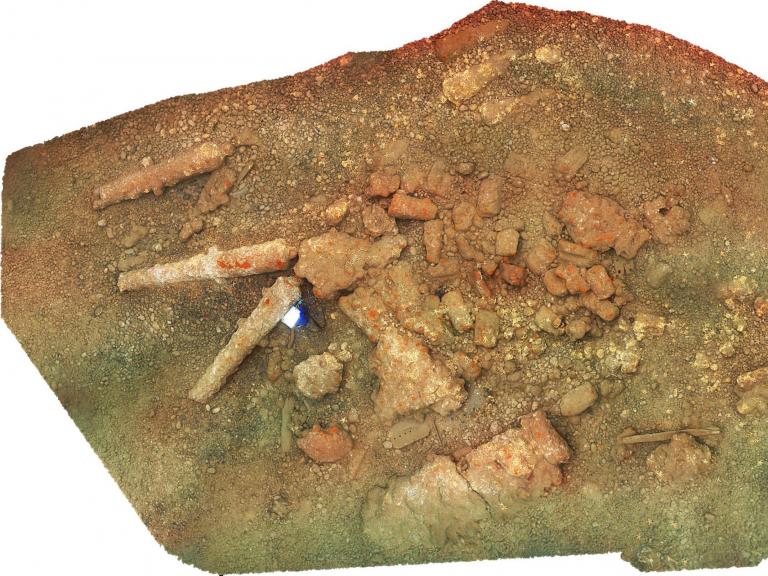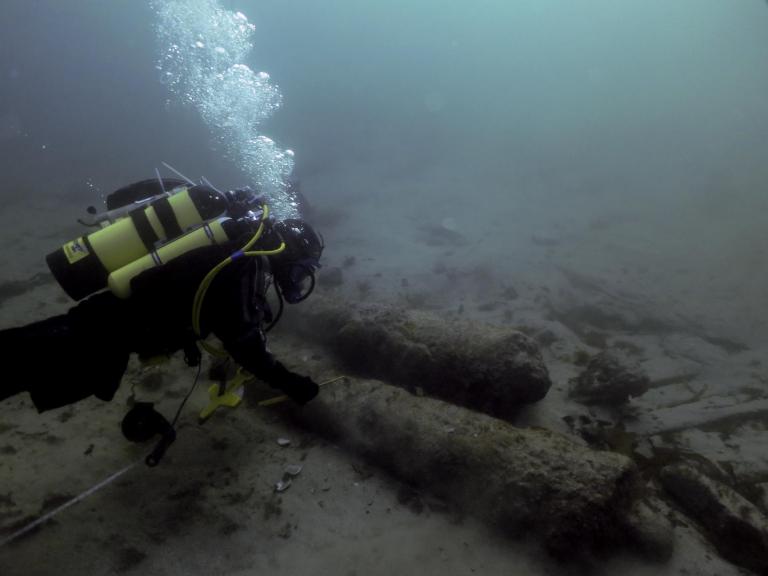54.530169706264, -0.66984626065937
Background
UC-70 was a First World War German mine-laying submarine, one of a number that operated around the UK throughout the war, which caused the loss of large numbers of British and Allied merchant ships and the closure of British and French ports.
UC-70 was built in 1916 in Hamburg and carried its mines in tubes forward of the conning tower. It was very successful throughout the war, sinking 33 Allied ships of all sizes with its mines, torpedo and deck gun. UC-70 left Zeebrugge on 21 August 1918 for a war patrol off the English east coast. Seven days later, a patrolling British bomber discovered an oil slick off Whitby and dropped a bomb on a damaged submarine just below the surface. The British destroyer Ouse arrived shortly afterwards and dropped depth charges through a patch of oil, and more oil came to the surface. Divers were then sent in hopes of finding code books or other intelligence material. They located the submarine, and there were no survivors.
After the war, material from the wreck was salvaged. The wreck later became a popular dive site.
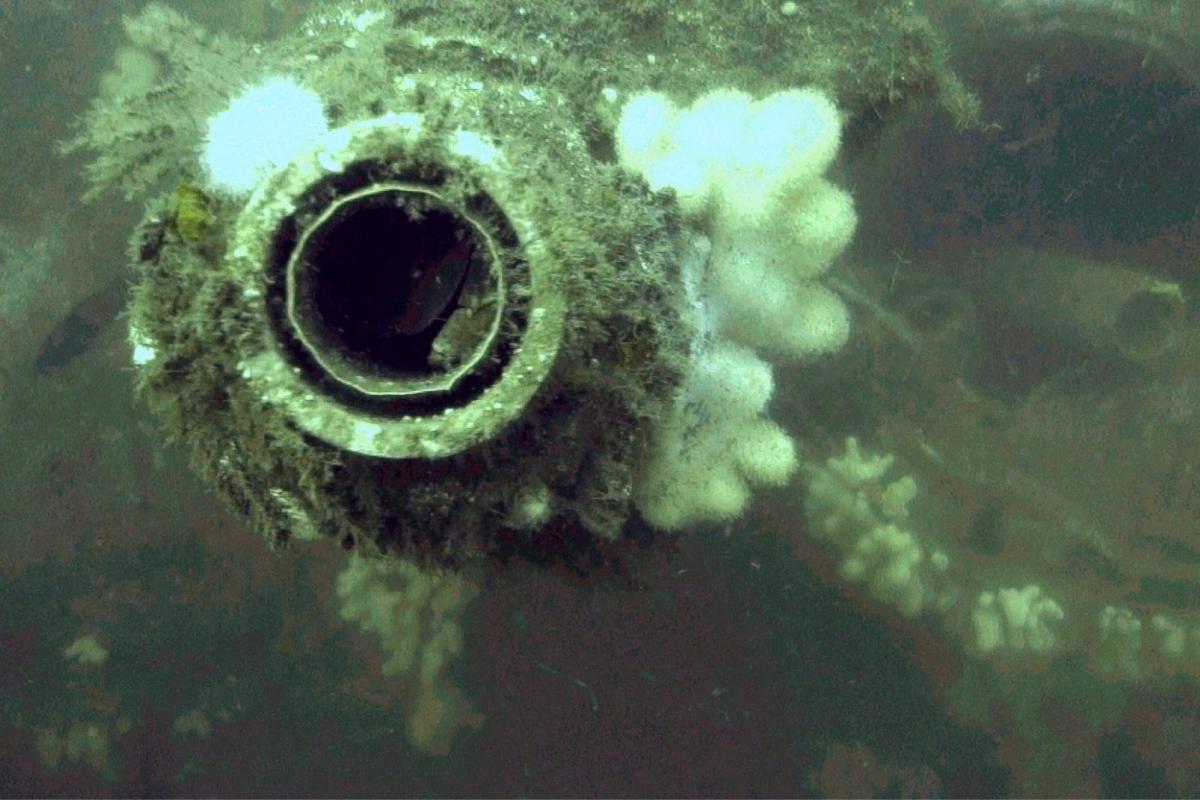
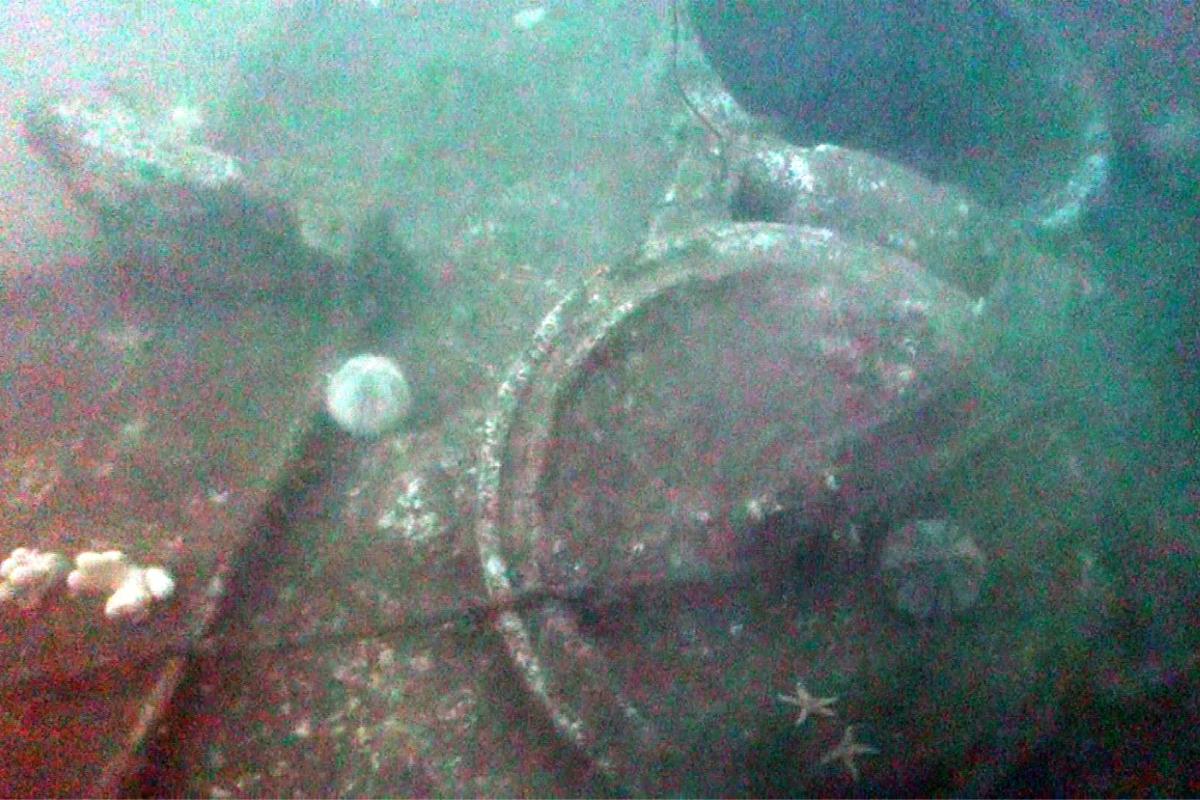
Archaeological survey
In 2016, Historic England commissioned Wessex Archaeology to conduct a condition survey on the site, off Whitby, North Yorkshire. The work followed a desk-based Strategic Assessment of Submarines in English Waters, funded by Historic England. The location and identification of the site was well known from historical sources and the site is frequently dived by avocational divers.
As part of the pre-fieldwork desk-based assessment, CEFAS geophysical survey data, provided through the UKHO, was processed and archaeologically assessed to provide details for the diver survey. In addition, material from the National Archives and Deutsches U-boot Museum in Cuxhaven-Altenbruch, Germany, was consulted along with technical plans of the UC-II class, historical photographs and recent dive guides.
Wessex Archaeology carried out diving operations on 16 and 17 August 2016 from RV Huntress. Archaeological, environmental and observational data were recorded using Wessex Archaeology’s proprietary real-time DIVA Microsoft Access recording system with diver positional data provided by a Sonardyne Scout USBL system. During the dive, the positional data was displayed in DIVA’s ArcGIS interface overlaid onto a georeferenced geophysical survey image of the site. This enabled the diving supervisor to direct the diver on the seabed. The diver captured still photographs and video data to inform the condition survey and sampled the pH at three locations. Following the diver survey, all observations were compared with technical drawings and historical photographs to confirm identification and assess the condition and preservation trend of the wreck.
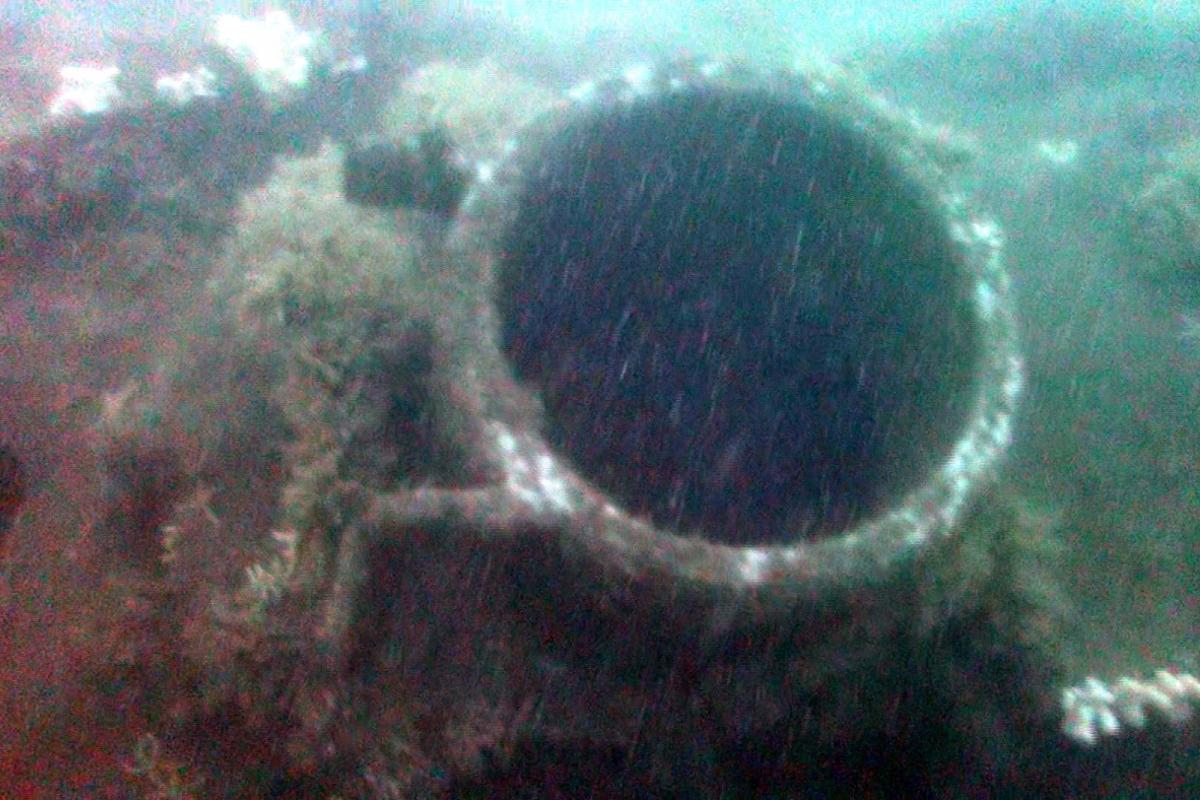
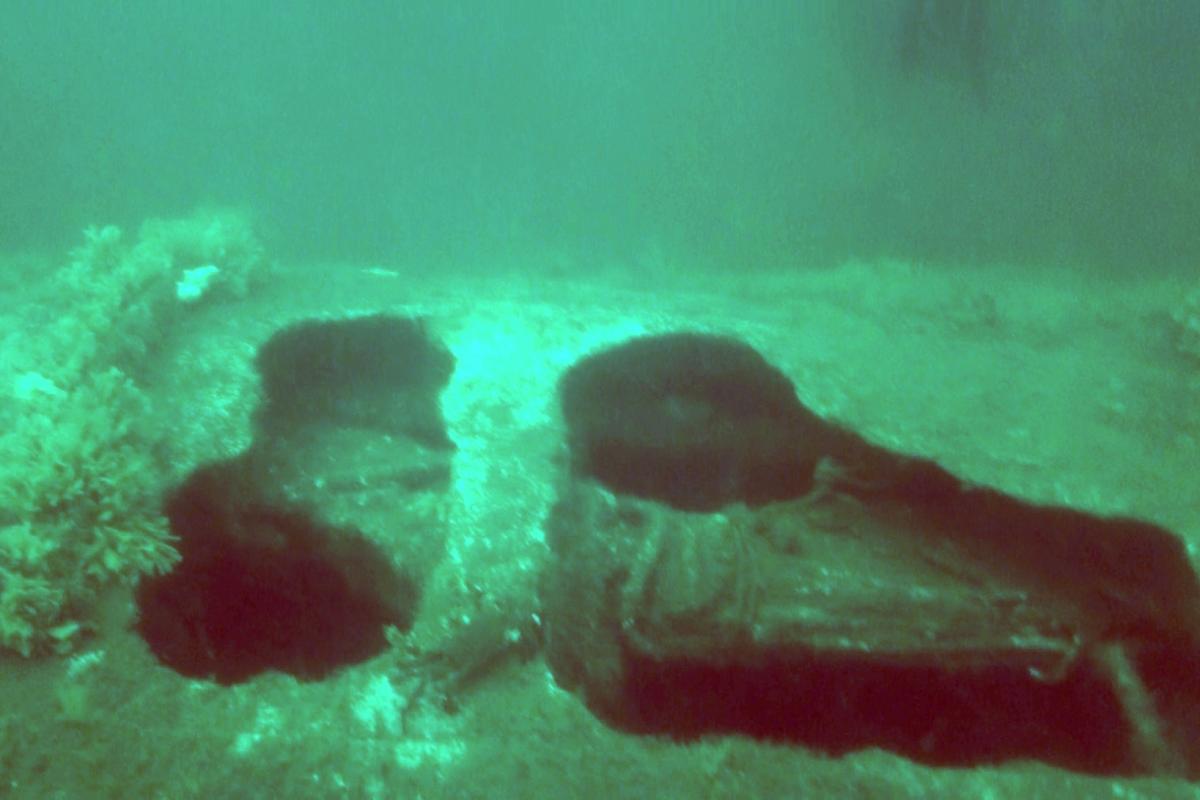
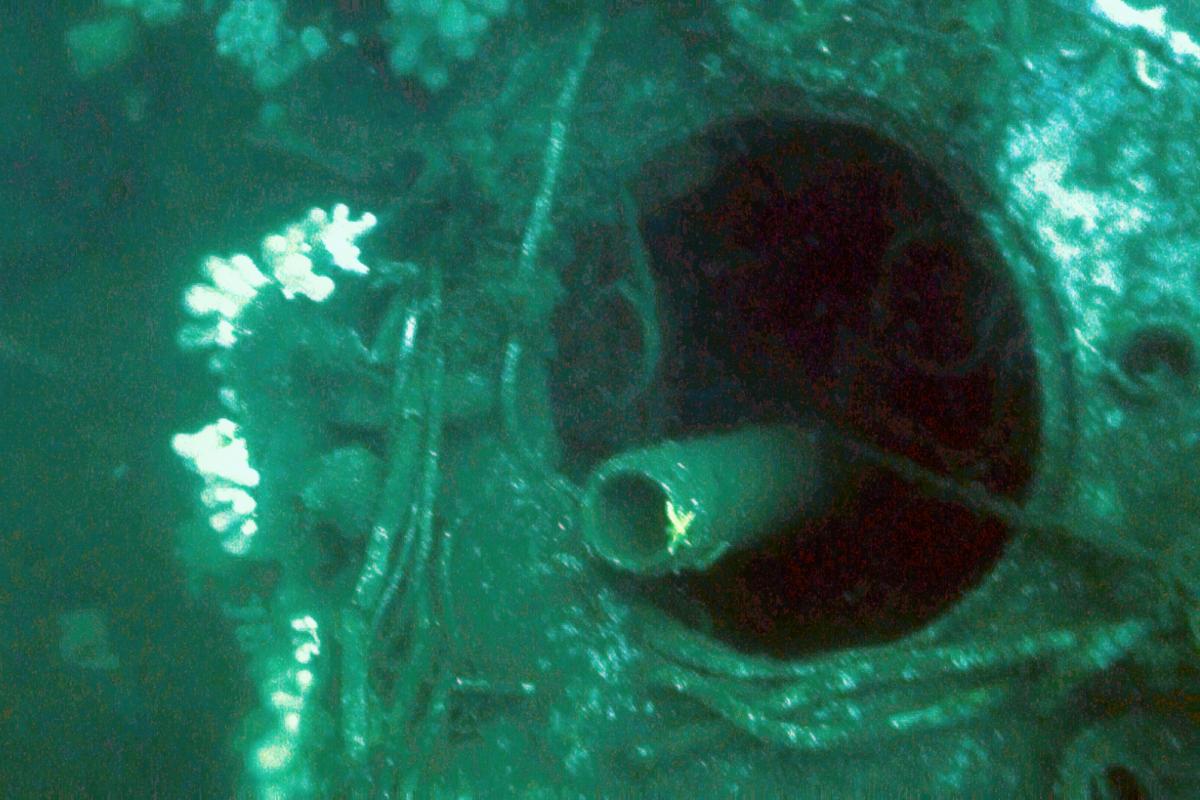
The wreck is approximately 40 m long, and stands upright 3-4 m proud of the seabed, at a depth of 25 m, and with a heavy list to port. The pressure hull is mostly intact with little marine growth and the structure appears to retain its general solidity and shape. The pressure hull appears to be resisting the corrosion that is causing many First World War shipwrecks to rapidly collapse. However, many of the original features are missing, such as the deck and shell plating, and both the bow and stern are severely damaged.
The site provides a poignant reminder of the First World War, and Wessex Archaeology recommended that the site be considered for designation. On 18 August 2017, UC-70 was designated under the Protection of Wrecks Act 1973.
